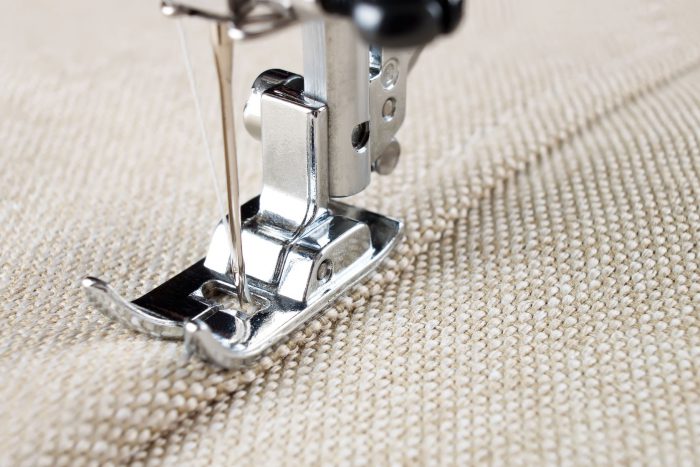The Importance of Flexibility (Part II of III)
December 5, 2017

Q: So, what is the typical experience when a factory tries making small runs? Are they profitable?
A: When you throw smaller orders into the mix, the optimal production scenario I outlined usually comes crashing down.With all the style changeovers, actual production days are drastically reduced. The production line may only produce 4,000 to 6,000 pieces per month, at best, while line efficiency may drop to below 50 percent due to stop-start loading. In addition, the number of garments made per operator per day may fall to four or five.
Once again, customers are aware of these consequences, but they are rarely willing to fully compensate the factory for the potential loss of revenue. Instead, they typically provide a small increase, then instruct the factory to look for other ways to achieve profitability, such as reductions in line size, increases in the use of automatic equipment, and improved buying decisions. Unfortunately, this approach requires the factory to expand machinery types on the lines, further increasing costs.The factory may be able to increase the FOB cost a little, but never enough to overcome the losses when producing small quantities in a large production environment.
Q: Is there a way for small orders to be produced profitably? Can some factories be re-engineered?
A: Yes, but it takes a complete reset of production skills and knowledge. The skill sets specific to a large production scenario, such as productivity line balancing and line efficiency, must be reworked to no longer focus on numbers and efficiency percentage as a determinant of line profitability.
It should be said that there are profitable factories that make fashion runs with a total order quantity as small as 48 pieces. In these scenarios, the mindset is on small sections with up to 26 quality-focused operators and additional equipment to provide flexibility, allowing for lines that process up to six styles.
But, the reality is that this setup is still not efficient. What makes it work is that the factory’s customers understand and accept the impact of small runs on profitability.
Q: So, what can brands do to make small orders possible and profitable for everybody?
A: They must to meet the factory halfway by allowing a fairer cost to produce small runs. This will give the factory an opportunity to make a small, sustainable profit.
In addition, as I noted earlier, factories and large brand customers need to reset their mindset. In many cases, they should expect to double their cost calculation for a small run. Efficiency targets should also be adjusted from those given on large orders.
Ultimately, with a bit of understanding and adjustment on both sides, this workable scenario can succeed.

